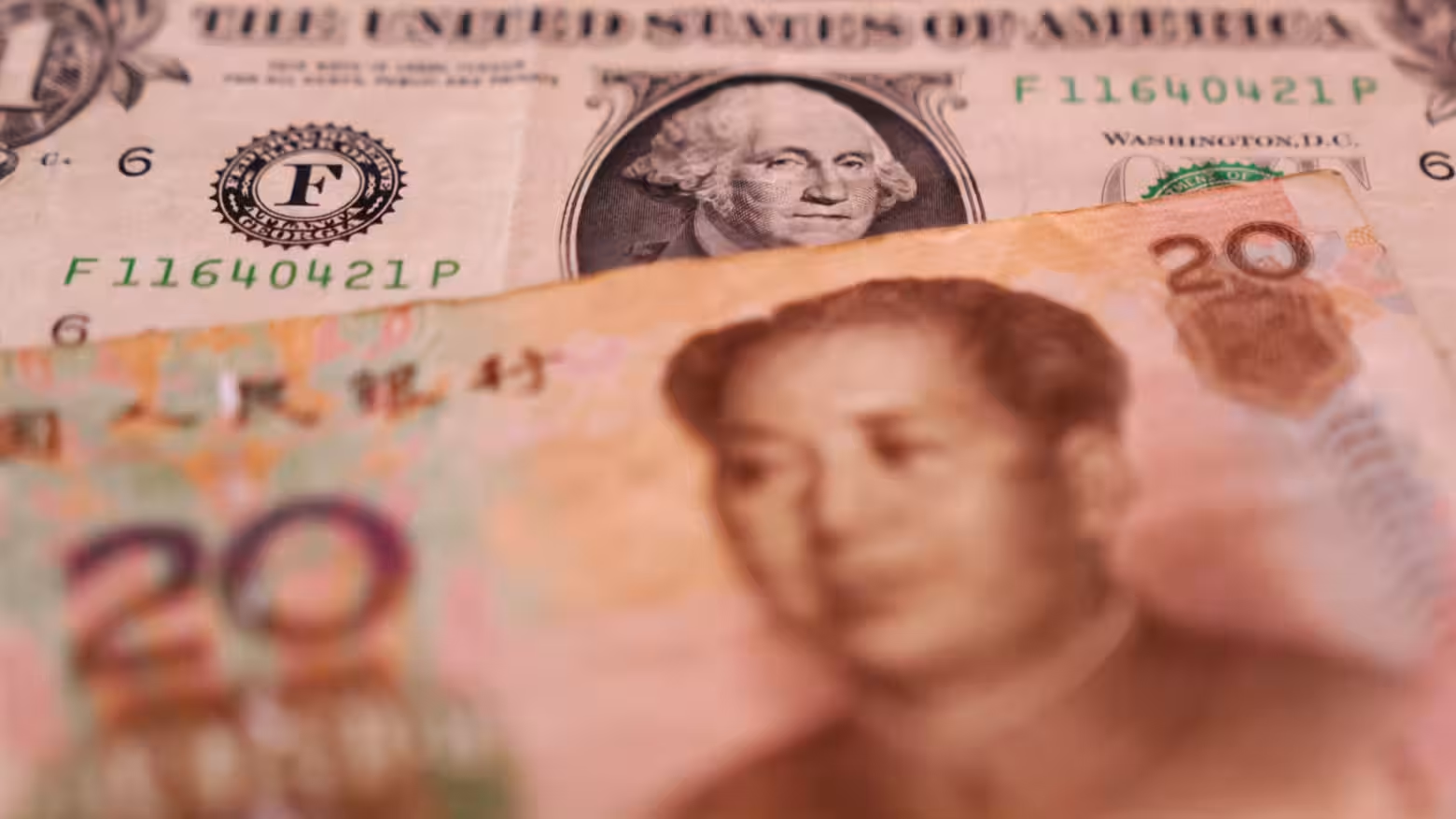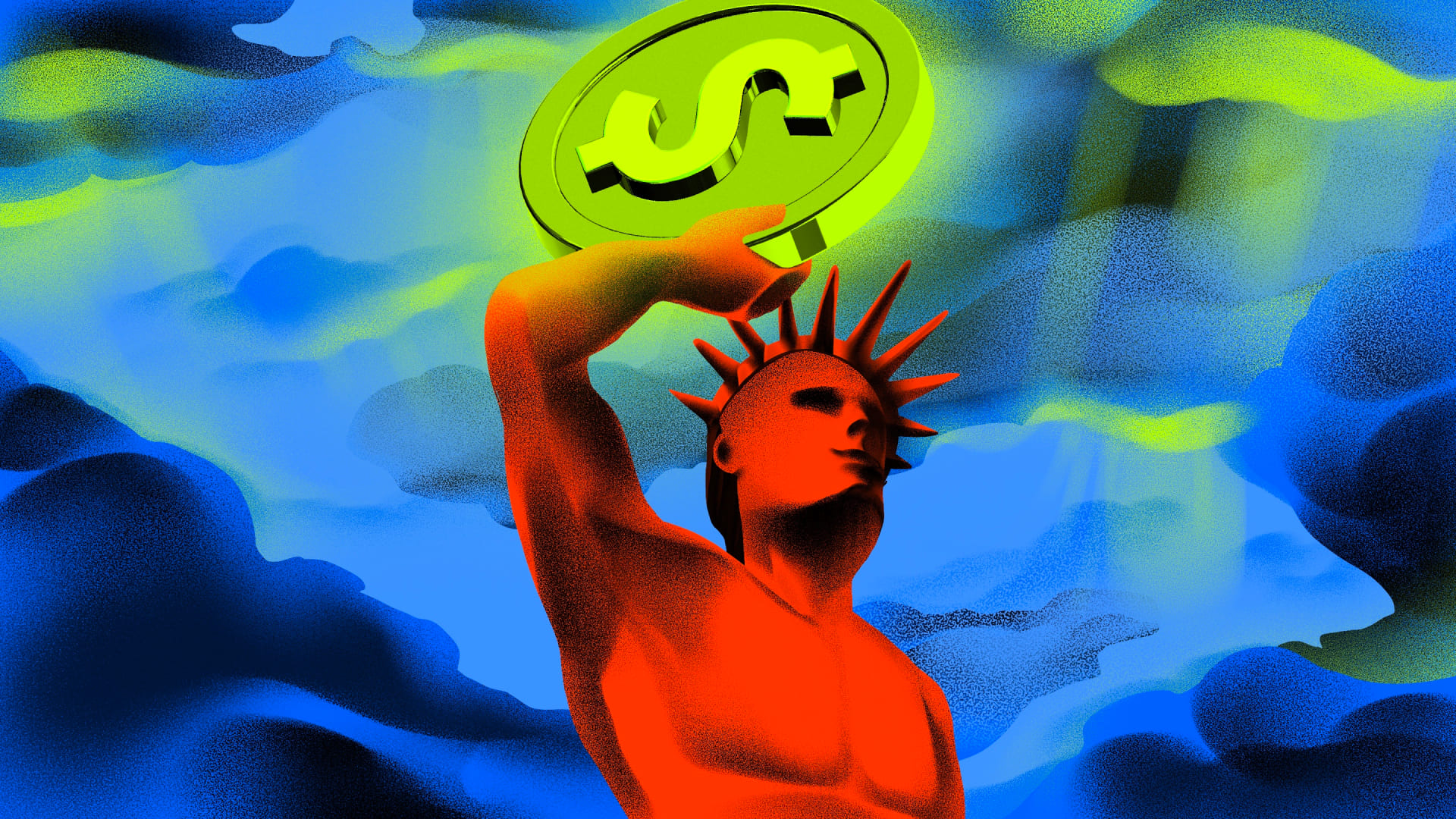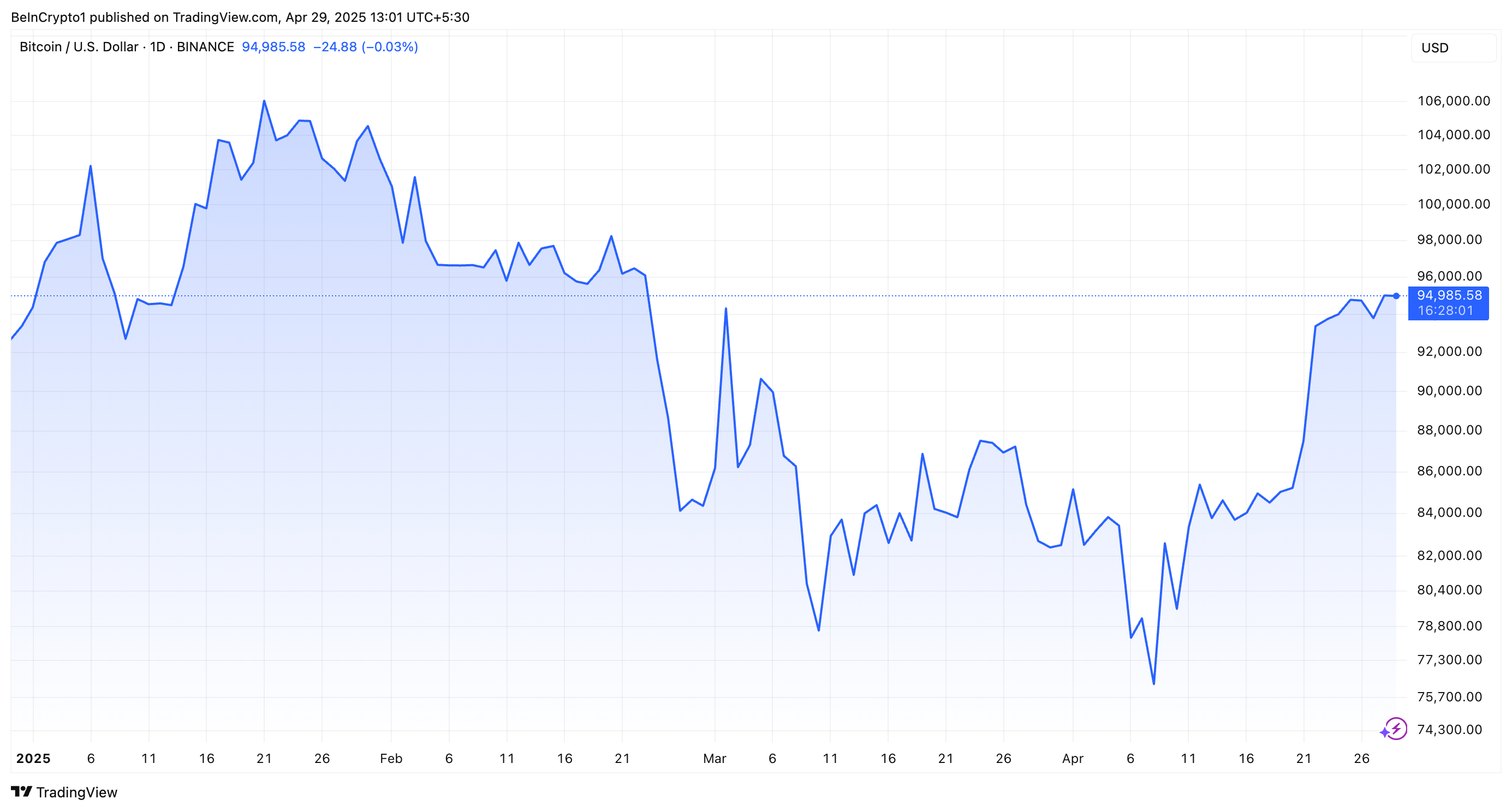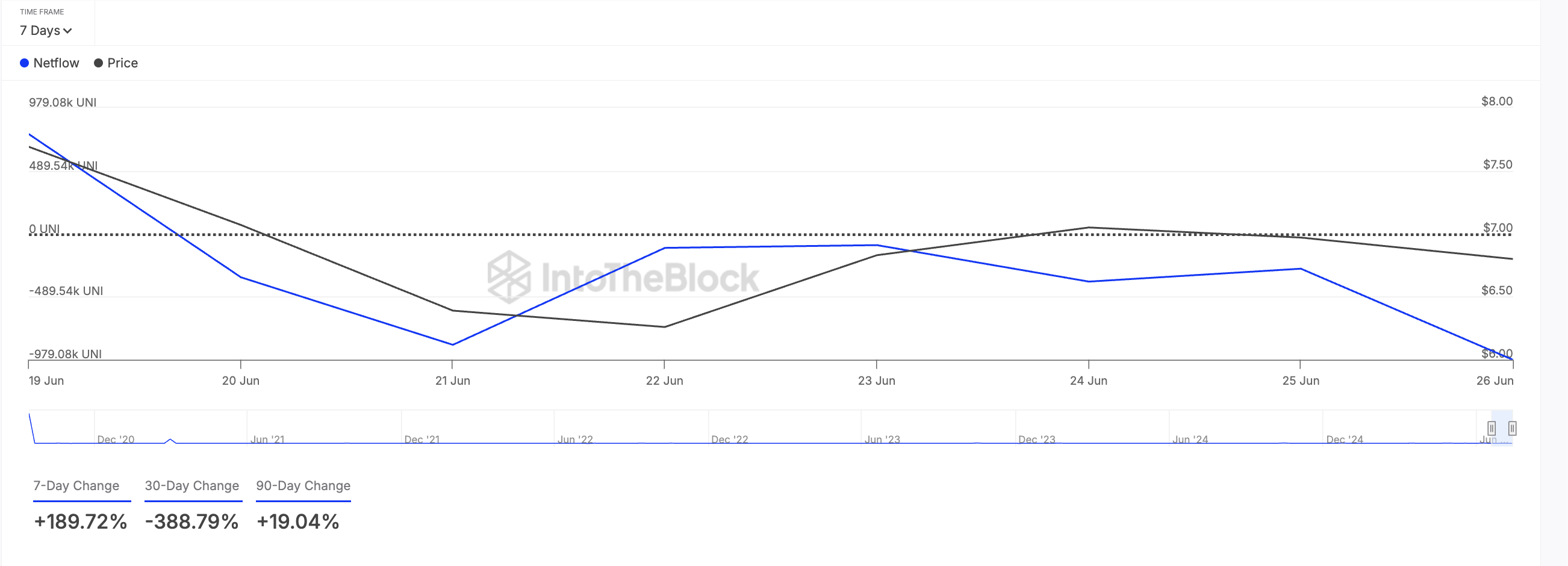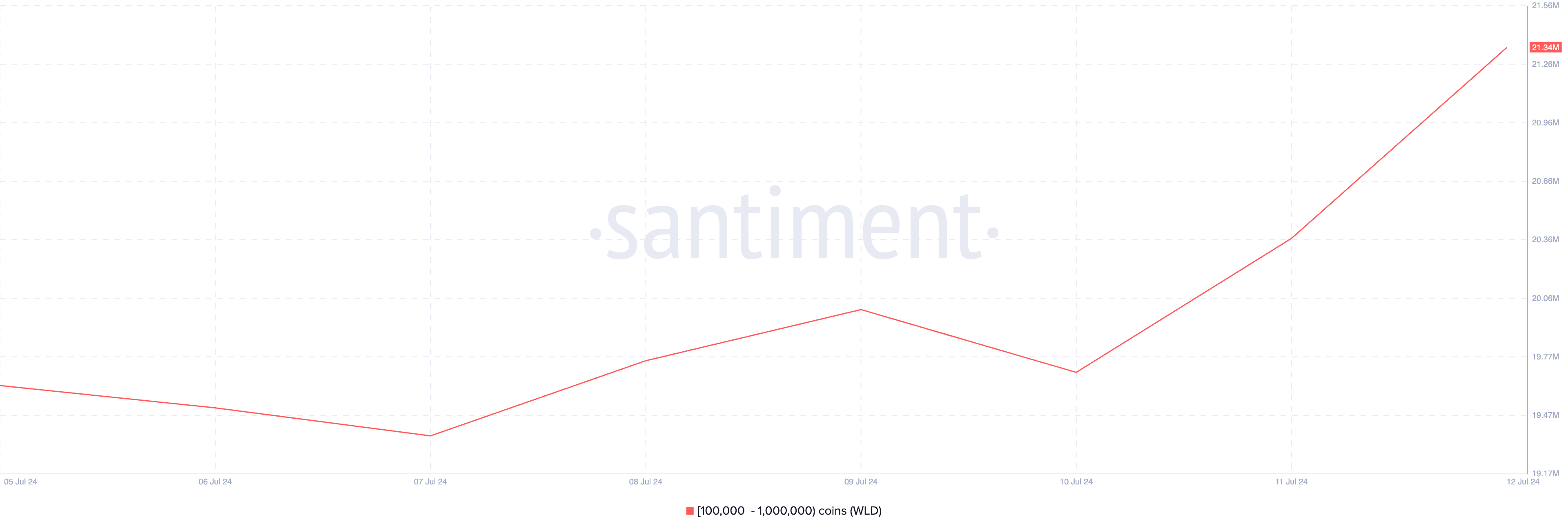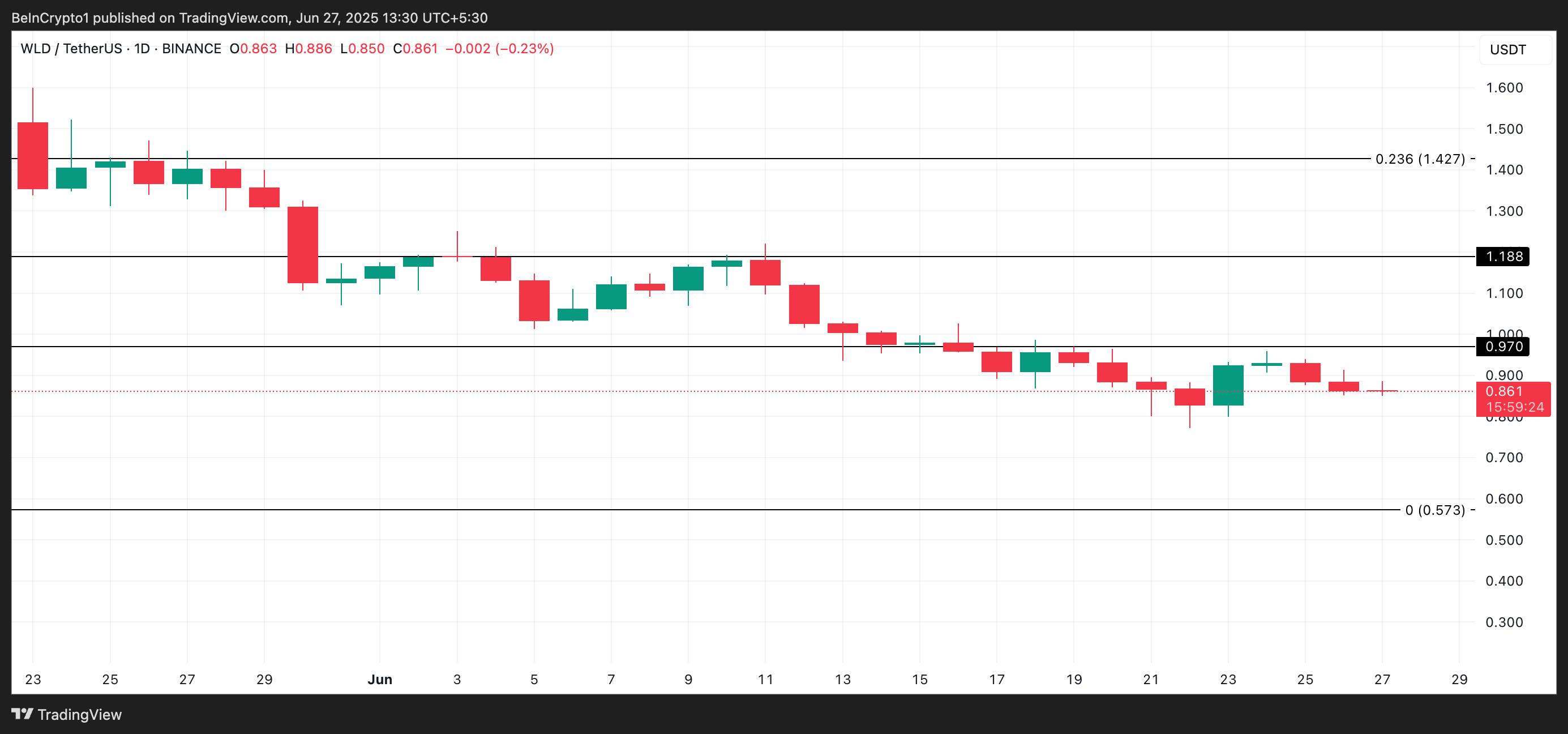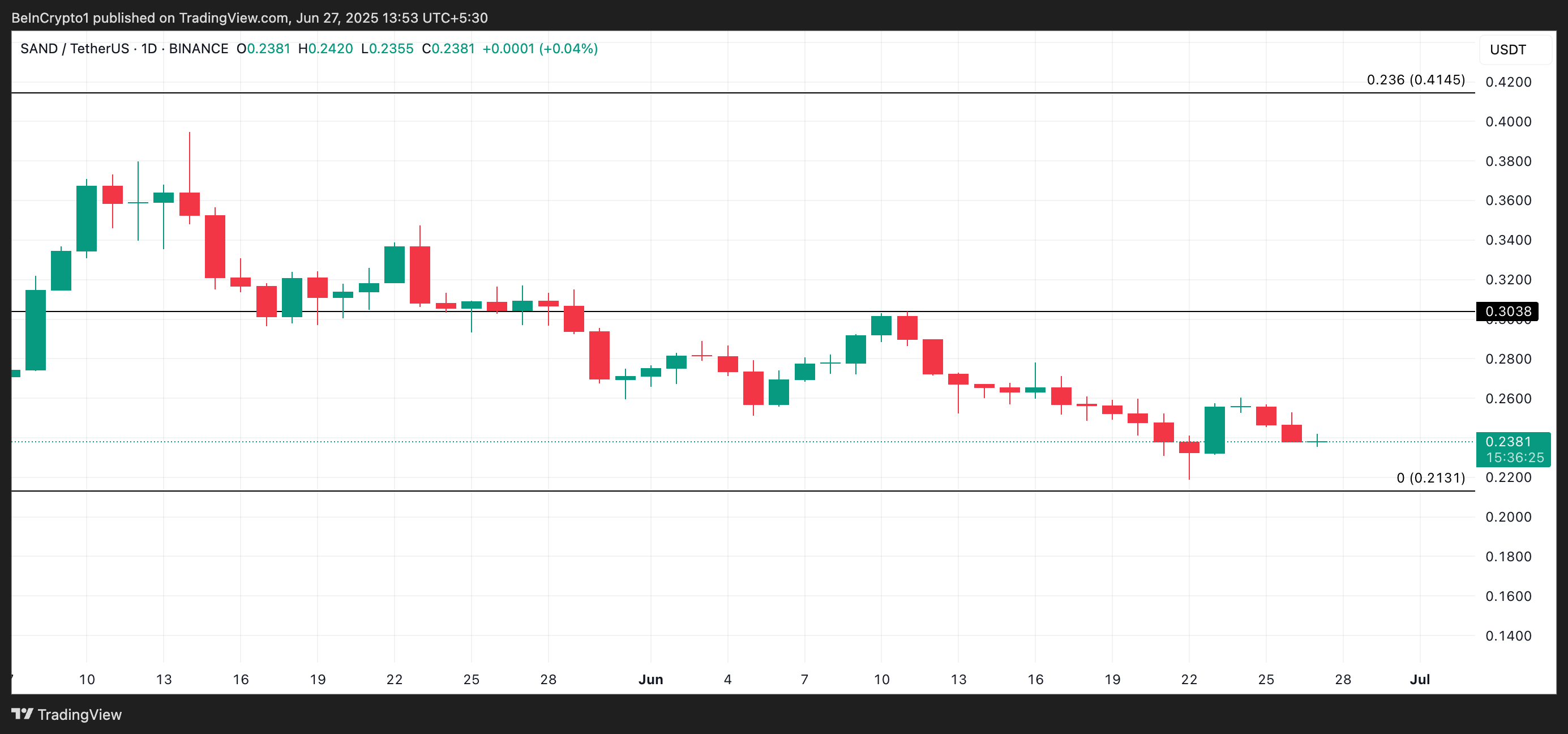In an era where financial power dynamics are shifting, China is making significant strides to internationalize the Chinese Yuan, aiming to challenge the long-standing supremacy of the U.S. dollar. With an aggressive strategy that includes conducting trials for using the digital Yuan in cross-border transactions, particularly with Saudi Arabia, China is injecting a new layer into the multipolar financial landscape that is emerging globally.
The Rise Of Cross-Border Yuan Transactions
According to the People’s Bank of China, the momentum for using the Yuan in cross-border transactions has surged dramatically this year. From January to August, total cross-border Yuan payments skyrocketed by 21.1% year-on-year, reaching an astonishing 41.6 trillion Yuan. This robust growth has taken many by surprise and reflects a growing acceptance of the Chinese currency in global trade.
Further supporting this trend, a report from the Society for Worldwide Interbank Financial Telecommunication (SWIFT) highlighted that the Yuan’s share of global transactions rose to 4.69% in August. While the U.S. dollar continues to dominate global invoicing, narratives of de-dollarization are gaining traction, pushing various economies to explore alternatives like the Yuan for fostering growth and development.
A Strategic Political Move
As outlined by the South China Morning Post (SCMP), the internationalization of the Yuan is not merely an economic strategy but a calculated move by China to bolster its political influence on the world stage. The ongoing trials of Yuan-centric Central Bank Digital Currency (CBDC) transactions with Saudi Arabia signify China’s ambitions to expand its financial clout. Additionally, similar trials are planned for regions like Hong Kong, Thailand, and the UAE, illustrating a strategic approach to embed the Yuan in key markets.
China’s efforts align with its active participation in the BRICS alliance, a coalition of nations advocating for de-dollarization. This coalition has been instrumental in promoting the use of local currencies in trade, further cementing China’s position in the international financial system. Notably, China has also facilitated significant transactions with Russia in Yuan, enhancing the currency’s global profile.
The Petroyuan Potential
The recent buzz surrounding the digital Yuan trials has led to speculation about the emergence of a Petroyuan narrative, which could fundamentally reshape global oil trading. If this concept materializes, it could deliver a significant blow to the U.S. dollar’s integrity as the dominant currency for global oil transactions. Such a shift would not only impact the dollar’s status but could also encourage other countries to adopt the Yuan for their trade needs, thereby expanding its usage.
Also Read: China Unleashes Stimulus Surge – FXI Jumps 16% In 5 Days Amid Economic Recovery Push
As China pursues its ambitious plan to internationalize the Yuan, the implications for the global financial system are profound. With the steady rise of cross-border Yuan transactions and the strategic trials with major economies, China is laying the groundwork for a more multipolar financial order. The challenge to the U.S. dollar’s longstanding dominance is not just a fleeting trend; it represents a fundamental shift in the way countries engage in trade and finance. As the world watches closely, the outcome of China’s efforts could redefine the future of global currency dynamics.

